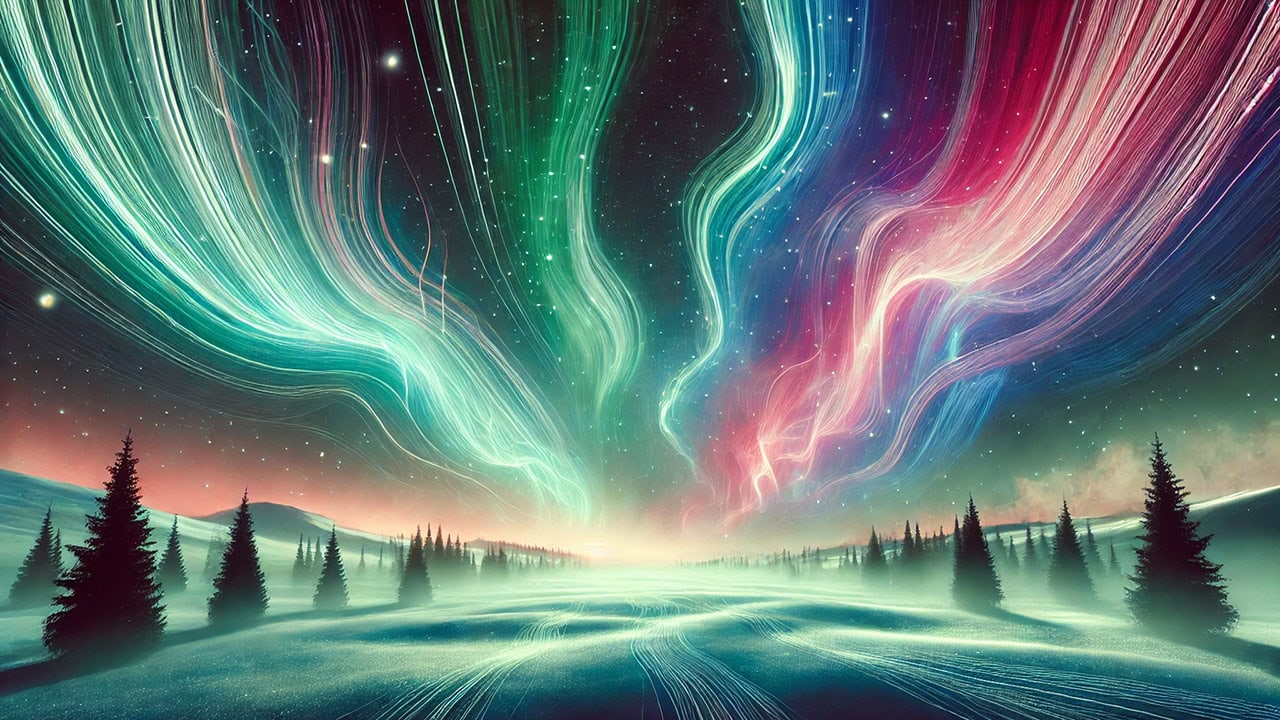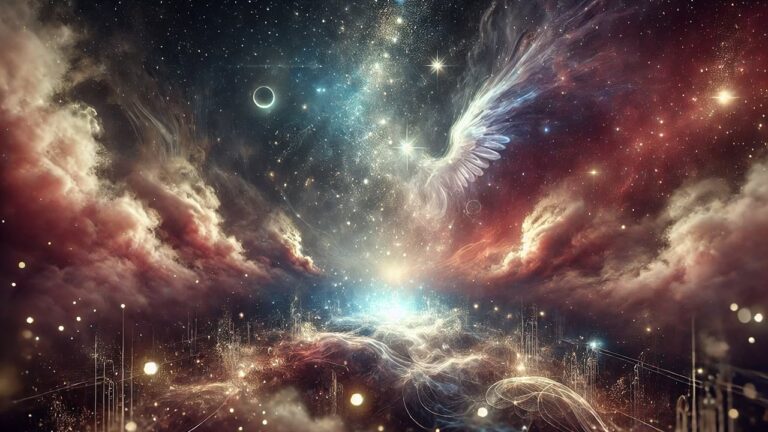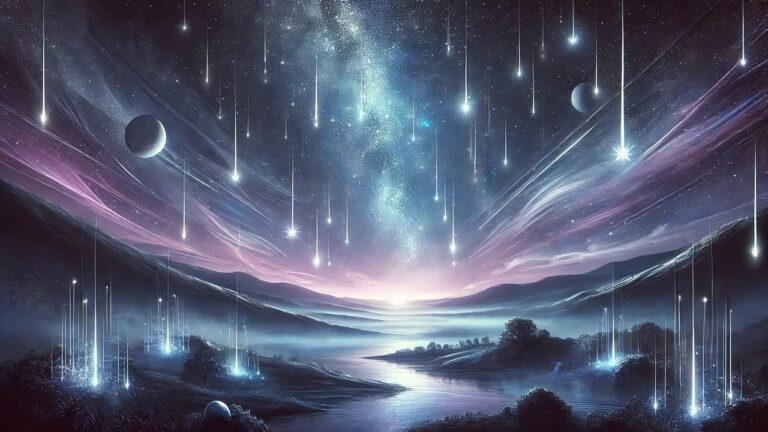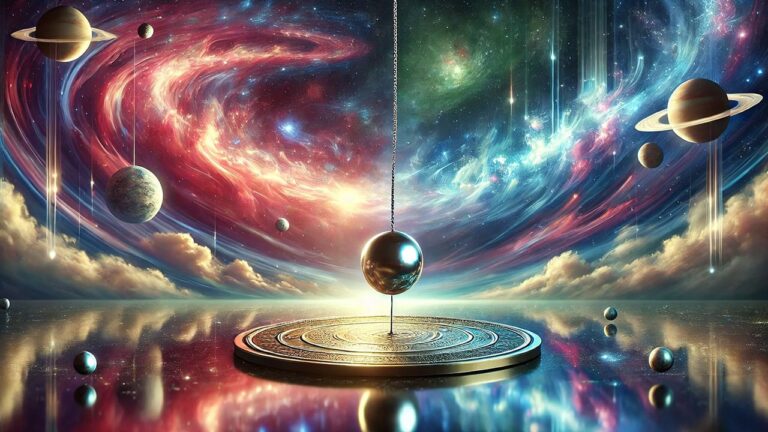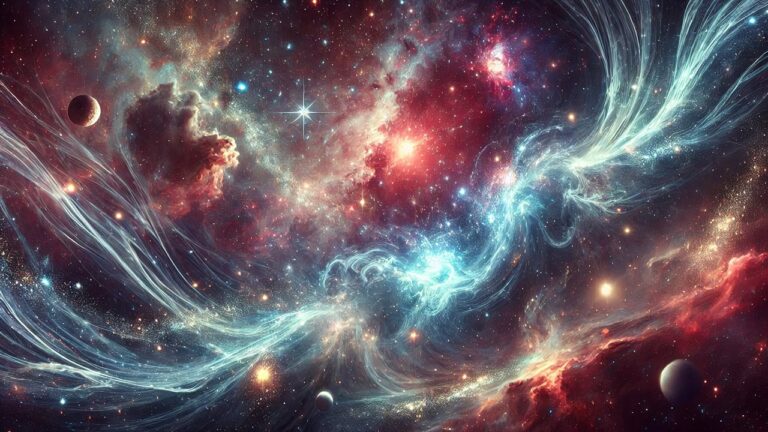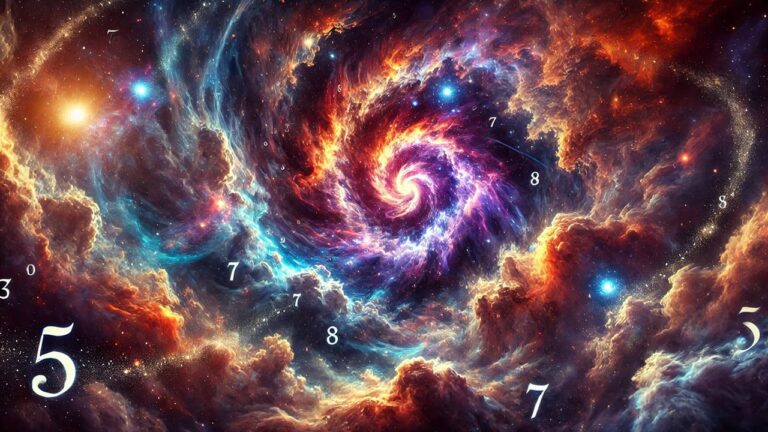Aurora Auguries: Reading Solar Winds
For centuries, the captivating dance of auroras has fascinated humanity. These shimmering curtains of light, adorning the polar skies, hold secrets not just of our atmosphere but of the cosmos itself.
To truly understand the auroras, one must delve into the phenomenon of solar winds—streams of charged particles from the sun that interact with Earth’s magnetic field.
These solar winds, often described as space weather, are both a natural marvel and a subject of intense scientific inquiry.
The Origin of Solar Winds
The sun, our closest star, is a churning ball of plasma, constantly undergoing nuclear fusion. This process generates immense energy, creating the solar wind—a continuous outflow of charged particles, primarily electrons and protons, from the sun’s corona.
The corona, the sun’s outermost layer, is unimaginably hot, with temperatures reaching millions of degrees Celsius. These high temperatures provide enough energy to overcome the sun’s gravitational pull, ejecting particles into space.
Solar winds are not uniform; they vary in intensity and speed. Scientists classify them into two categories: fast solar winds, which travel at speeds of up to 800 kilometers per second, and slow solar winds, moving at about 400 kilometers per second.
These winds are influenced by the sun’s magnetic field and the sunspot cycle, which peaks approximately every 11 years.
The Journey to Earth
After leaving the sun, solar winds embark on a journey of approximately 150 million kilometers to reach Earth. Despite this distance, they travel swiftly, often arriving within a few days. Along their path, solar winds encounter the heliosphere, a vast bubble-like region dominated by the sun’s magnetic field.
This region acts as a shield, deflecting some cosmic rays and shaping the solar wind’s trajectory.
When these charged particles approach Earth, they collide with the magnetosphere, the region around our planet controlled by its magnetic field. The magnetosphere acts like a protective cocoon, deflecting most of the solar wind.
However, during periods of heightened solar activity, such as solar storms, the magnetosphere can become disturbed, allowing more particles to penetrate and interact with Earth’s upper atmosphere.
The Birth of Auroras
The interaction between solar wind particles and Earth’s magnetic field gives rise to auroras. As these charged particles funnel down along the magnetic field lines towards the poles, they collide with oxygen and nitrogen molecules in the atmosphere.
These collisions excite the molecules, causing them to release energy in the form of light. The result is the mesmerizing display of auroras—aurora borealis in the northern hemisphere and aurora australis in the southern hemisphere.
The colors of auroras are determined by the type of gas molecules involved and the altitude of the collisions.
Oxygen produces green and red hues, while nitrogen contributes blue and purple tones. The vibrant green often seen in auroras is due to oxygen molecules located about 100 kilometers above the Earth’s surface. Red auroras, rarer and more elusive, occur at higher altitudes.
Reading Solar Winds: Science and Significance
Understanding and predicting solar winds is more than just a scientific pursuit; it has practical implications for modern society.
Solar winds can affect satellite operations, GPS systems, and even power grids. For example, a powerful solar storm in 1989 caused a massive blackout in Quebec, Canada, highlighting the need for accurate space weather forecasting.
Scientists monitor solar winds using spacecraft such as NASA’s Solar and Heliospheric Observatory (SOHO) and the Parker Solar Probe.
These missions provide invaluable data on the sun’s activity and help develop models to predict the impact of solar winds on Earth. Early warnings based on these models can mitigate the risks to critical infrastructure and technology.
Auroras as Personal Experiences
For many, witnessing an aurora is a profoundly personal and spiritual experience. The swirling lights have inspired countless myths and legends, from the Norse belief in the “Bifrost” bridge connecting Earth and Asgard to Indigenous stories of spirits dancing in the sky.
In modern times, auroras continue to captivate photographers, travelers, and skywatchers who often embark on journeys to polar regions for a chance to see this natural wonder.
If you’ve ever witnessed an aurora, you’ve likely felt a sense of awe and connection to something greater than yourself. These celestial displays remind us of the dynamic relationship between Earth and the sun, as well as the beauty and complexity of the universe.
How to Witness the Magic
If you’re eager to see an aurora for yourself, timing and location are crucial. The best chances occur during the winter months in high-latitude regions such as Scandinavia, Alaska, Canada, and Antarctica. Dark, clear skies away from city lights enhance visibility.
Websites and apps that track aurora activity, such as the NOAA’s Space Weather Prediction Center, can provide forecasts based on solar wind data.
Photographing auroras can be equally rewarding. A sturdy tripod, a camera with manual settings, and a bit of patience are all you need to capture the ethereal beauty. Experimenting with exposure times and ISO settings can yield stunning results.
The Future of Aurora Studies
As technology advances, our ability to read and predict solar winds will improve. This progress not only enhances our understanding of auroras but also bolsters our preparedness for solar storms.
Projects like the European Space Agency’s Solar Orbiter and advancements in artificial intelligence for space weather modeling promise exciting developments in this field.
Auroras will always hold a sense of mystery and magic, bridging the gap between science and wonder. As we continue to study solar winds, we deepen our connection to the universe and gain a greater appreciation for the forces that shape our planet.
Conclusion
Whether you’re a scientist studying the sun, a photographer chasing auroras, or a curious soul marveling at the night sky, the interplay between solar winds and Earth’s magnetosphere is a story of connection and discovery.
The next time you look up at the shimmering lights, remember: they’re not just a beautiful display but a reminder of the cosmic dance that surrounds us all.

